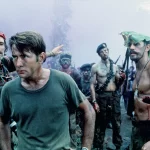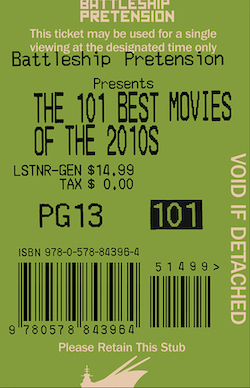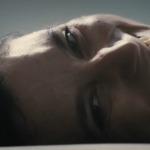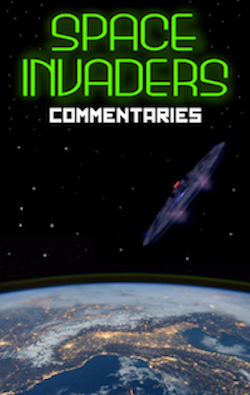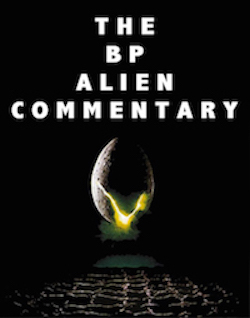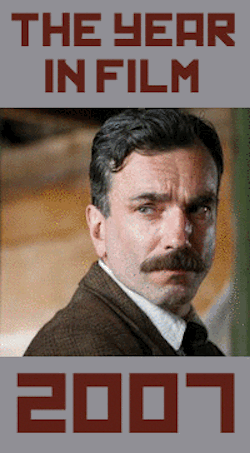Monday Movie: The Red and the White, by Alexander Miller

Every Monday, we’ll highlight a piece of writing from our vaults. This article originally ran as a Criterion Prediction. The Red and the White is also a part of the American Cinematheque’s Miklós Jancsó retrospective currently running at the Los Feliz 3.
When there’s an evolution on a certain subject, it often begets a creative growth in its expression. Given the curious circumstances that brought about the production of The Red and the White (it was commissioned for the 50th year anniversary of the October Revolution), Jancsó revised and reformulated the aesthetics of the war movie.
Boiled down to less of a narrative and more of a series of skirmishes, firefights, executions, and searches–effectively revealing the fervor of the revolutionary spirit and urgency of national identity–character and story go by the wayside. This is a disciplined exercise in charting the formula of guerilla combat, as people are scattered across the open landscape; the essence of the film lies in its stream of feuds between small factions of stray soldiers. The Red and the White puts us in a position to witness a hypnotic trail of long takes where soldiers are running, hiding, chasing, shooting, clubbing, or executing one another. Some are on foot, others on horseback, and a few are paddling boats scanning the river for hideaways. This is a war film that omits haughty morals, but is certain of one thing: these people want to kill each other. There’s little in the way of dialogue, and at times, due to the bedraggled appearance of those on the run, it’s difficult to distinguish who is fighting for what side.
This consolidated scope of Janscó’s structure is supplanted by the mysterious atmosphere that permeates throughout; repurposed individualism that often represents the futility of war, here, is a collective obfuscation. The nameless instruments that are fighting and dying take on a nuanced precedence. Their coldly-ordained fates of the anonymous soldiers who meet their fate on the battlefields might seem obvious with tonal import, and yet the brutal honesty in a film where death is the cost of war, but the price of revolution.
The Red and the White takes on a layer of substance that is rarely found in the familiar ethos of the genre. As evidenced by the alienating topography and detached execution, the fighting in The Red and the White is something different altogether, it has no relation in our filmic vernacular which is why it feels so naturally vital.
Stylistically, there’s a charge to the movie, which is weightless and expressive in its long tracking shots. The earthy locale and balance of action against negative space provide an eerie sense of placement for the viewer; this is not abbreviated or self-censored for the sake of entertainment. Janscó’s articulate mechanics are so purposeful that the film has a slightly icy, mathematical precision but the conviction is so secure there’s an unexpected sense of genuine passion driving The Red and the White.


